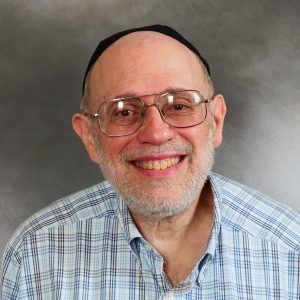
Dr. Richard Friedman’s research is done in the context of his primary appointment as a bioinformatics analyst at the Herbert Irving Comprehensive Cancer Center Biomedical Informatics Shared Resource. He provides the bioinformatics and biostatistical component of experimental and clinical investigations into cancer and other diseases, as well as a variety of biological processes. Dr. Friedman teaches “Biological Sequence Analysis” in the Department. Dr. Friedman’s PhD is from New York University in Physical Chemistry. Most of his work prior to his present position was in theoretical and computational studies of the stability and interactions of biological macromolecules.




